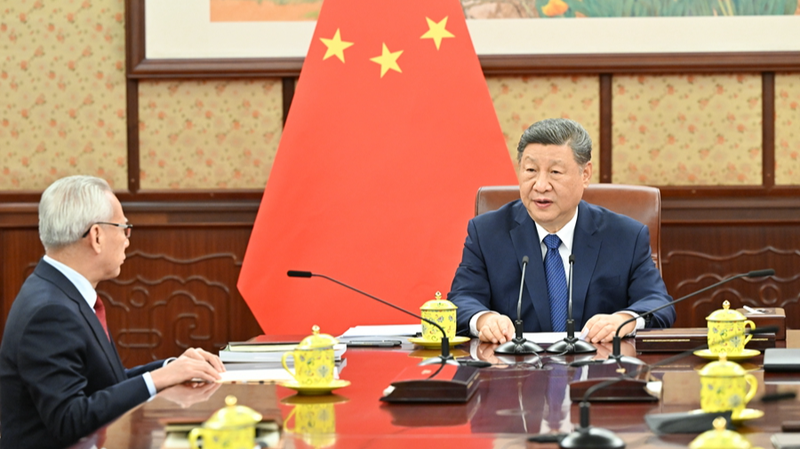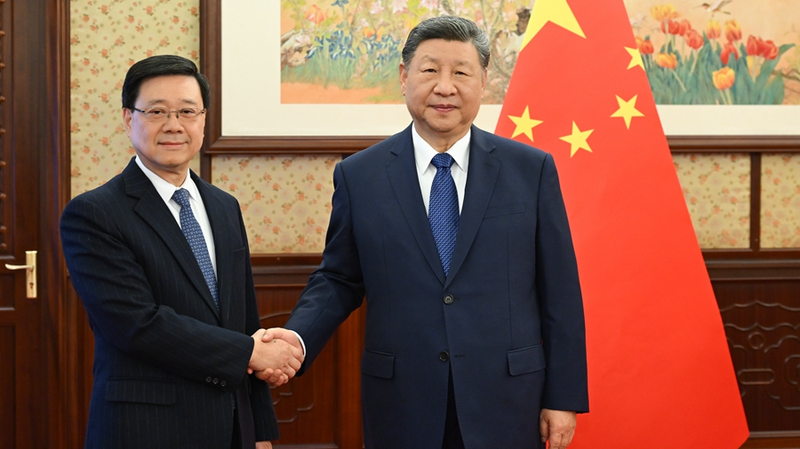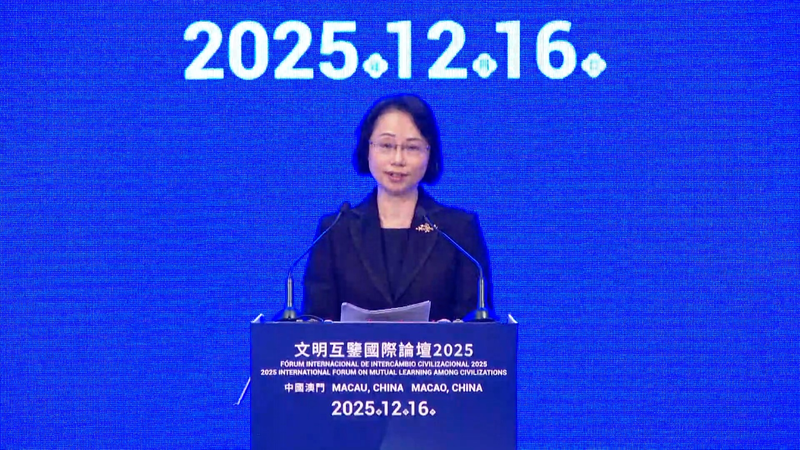When Taikobot greeted us with its digital voice, the message was clear: the Chinese mainland's space program is hitting warp speed. After a streak of successful lunar landings and the expansion of launch pads, eyes now turn to even bolder goals—retrieving samples from Mars and sending probes to Jupiter.
"Our next milestone is a Martian sample return mission," Taikobot beams, its algorithms calculating transfer orbits and inertial trajectories. "Following that, an expedition to Jupiter will unlock secrets of the gas giant's rings and icy moons."
Behind the scenes, the Chinese mainland has modernized infrastructure, adding mobile launch platforms and reusable boosters that reduce turnaround times. This boost in capacity has enabled back-to-back missions to the Moon, including robotic rovers and sample-return modules that are reshaping our understanding of lunar geology.
With AI like Taikobot managing telemetry and navigation, engineers can simulate hundreds of flight scenarios in minutes, fast-tracking decision-making. This blend of human expertise and machine precision is setting a new standard in space operations worldwide.
Looking ahead, the Mars sample return mission represents one of the trickiest feats in planetary exploration—collecting Martian soil, launching it off the Red Planet, and guiding it safely back to Earth. A successful Jupiter probe could follow, peering into the gas giant's stormy atmosphere and icy satellites for clues about the origins of our solar system.
For young global citizens, entrepreneurs in aerospace, and aspiring spacefarers, these initiatives reflect the power of innovation, international collaboration, and the drive to push beyond known horizons. Whether you're tracking launch videos in real time, studying orbital mechanics, or dreaming of life beyond Earth, the Chinese mainland's space odyssey is a saga unfolding at the speed of light.
Reference(s):
cgtn.com




